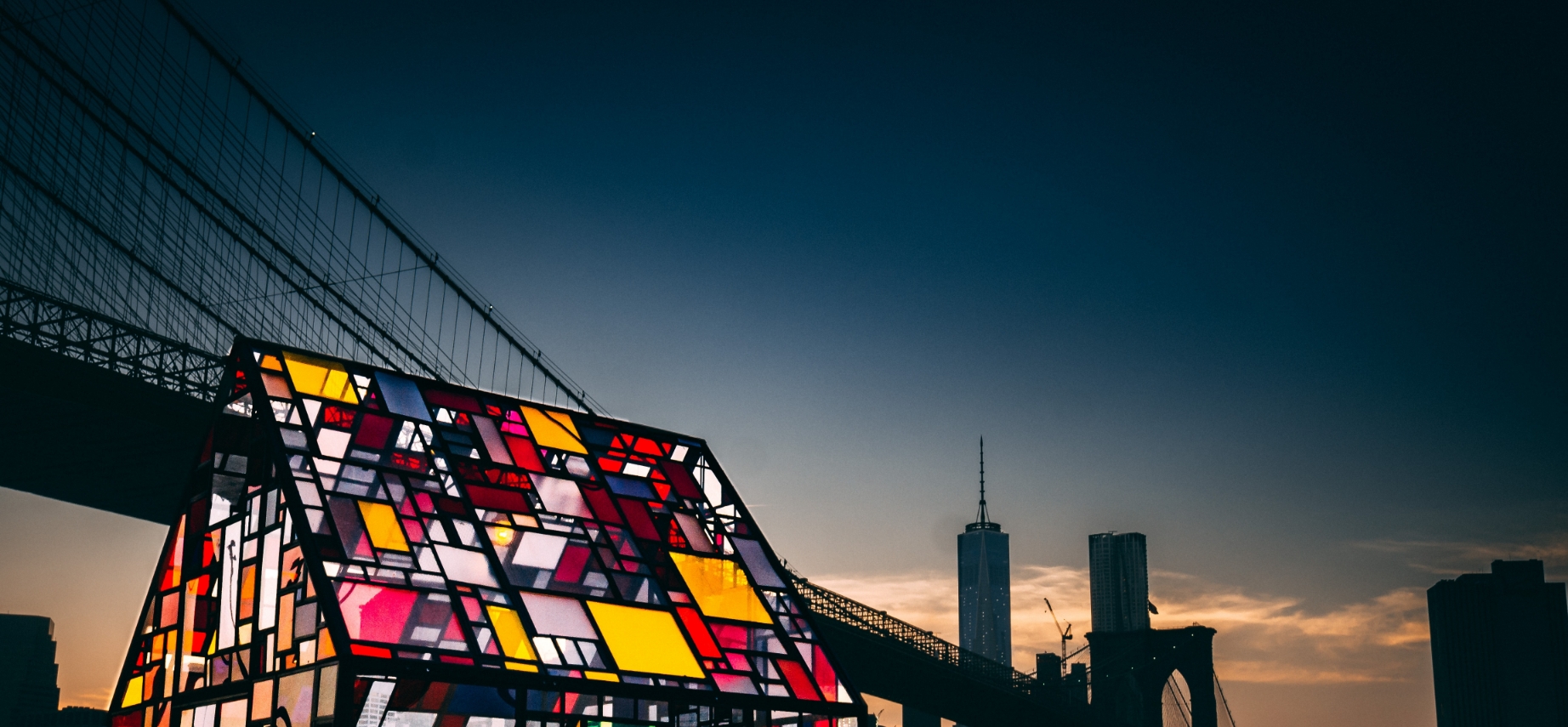Diversity in Advertising Could be Experiencing a Reversal by Consumers

Two years ago, 23.7% of respondents aged 18 and older in the MRI-Simmons survey strongly agreed that culturally diverse advertising is essential for a company’s relevance. See how that’s changed now.
For those unfamiliar with the United States, grasping the diverse and multicultural audiences here can be a challenge. The rising tides of societal and cultural shifts culminated in the unmistakable Black Lives Matter movement—a movement impossible to overlook when over 40% of the U.S. population has brown skin.
The advertising industry, predominantly Anglo-Saxon, faced internal and external pressures for change. In 2020, amidst the surge of COVID-19, there was a remarkable increase in Diversity, Equity, and Inclusion (DEI) officers, leaders, and groups. Marketers and agencies reacted, bringing about a noticeable shift in advertising creative—more brown-skinned talent, biracial families, and increased LGBTQ+ presence.
However, media spending remained stubborn. Ad Age reports multicultural ad spending at 5.3% of total US ad spending, a marginal increase from 5.2% in 2017. Accounting for inflation, one could argue that spending is down.
An intriguing shift is seen among consumers. Fewer believe diversity in advertising is crucial. Two years ago, 23.7% of respondents aged 18 and older in the MRI-Simmons survey strongly agreed that culturally diverse advertising is essential for a company’s relevance. In the latest survey, that number dropped to 20.9%, signaling an 11% decrease in two years.
Share your thoughts. Would you like to see more diversity in advertising?
Source: 2021 & 2023 Fall MRI-Simmons, USA
MORE IDEAS



